Combining Kale and Coleus in a Stacked Tower Container Garden
Stack garden containers
Stack garden containers
Vegetables are amazing in containers and far under used as a decorative element. One of my favorite ornamental vegetables is Lacinto Kale from Bonnie Plants. Here I have used it as a centerpiece for a full shade container collage in my back shade vegetable garden. My goal was to creatively stack containers and play the blue of the vegetable off the chartreuse, yellow, and burgundy from the coleus and see what happened in full shade. Surprise – it worked!
Stacking containers is easy and I have done this design idea several times before. In this case I kept the stack lower and more focused on the plants. You can see in the photo to the right how the plantings looked when they were first planted.

I threw in a few leftover impatiens I found to fill in a few holes and have no idea the variety I used. However, all the coleus in this planting came from Hort Couture’s very bold and bright Under the Sea line which includes Coleus ‘Lime Shrimp’, Coleus ‘Langostino’, Coleus ‘Molten Coral’, Coleus ‘Hermit Crab’, Coleus ‘Gold Anemone’, Coleus ‘Red Coral’, and Coleus ‘Bone Fish’.
Special Note – Because the FTC requires it, I am letting you know that the plants were supplied by Hort Couture and Bonnie Plants. I have used their products because I WOULD even if they had not given the products to me and they have produced great success. I donate a large portion of the vegetables I grow in my soil-improved garden to the local food pantry when harvested. My own opinions are expressed as loudly as my plant combination tastes in this and every post I write.
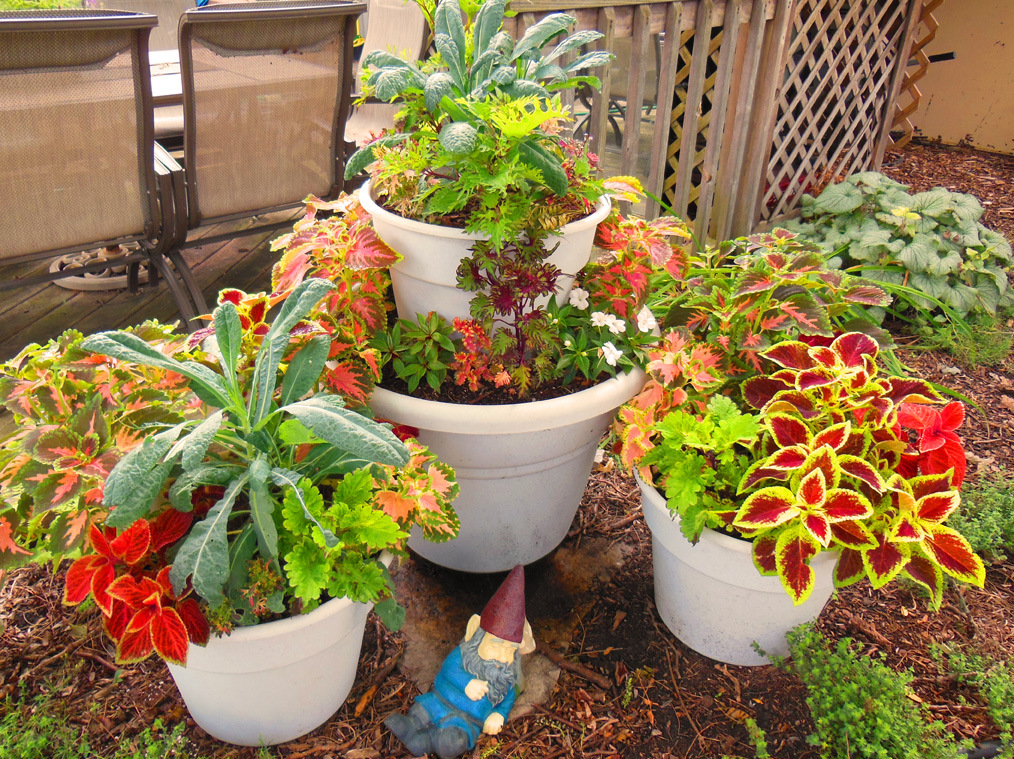
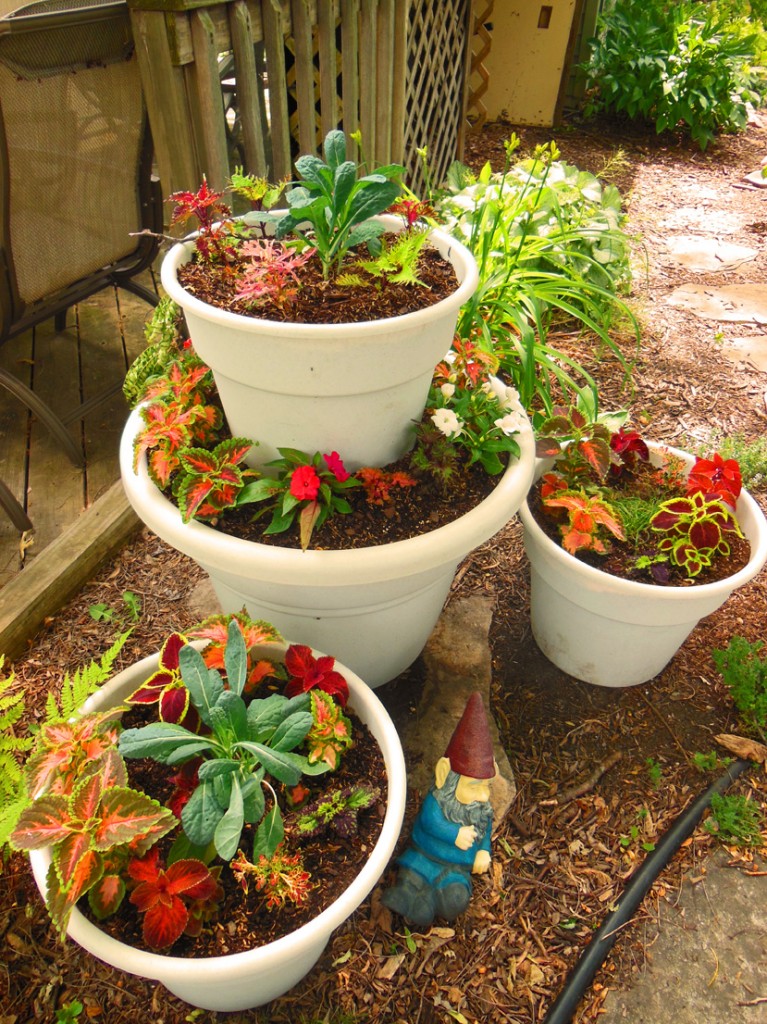
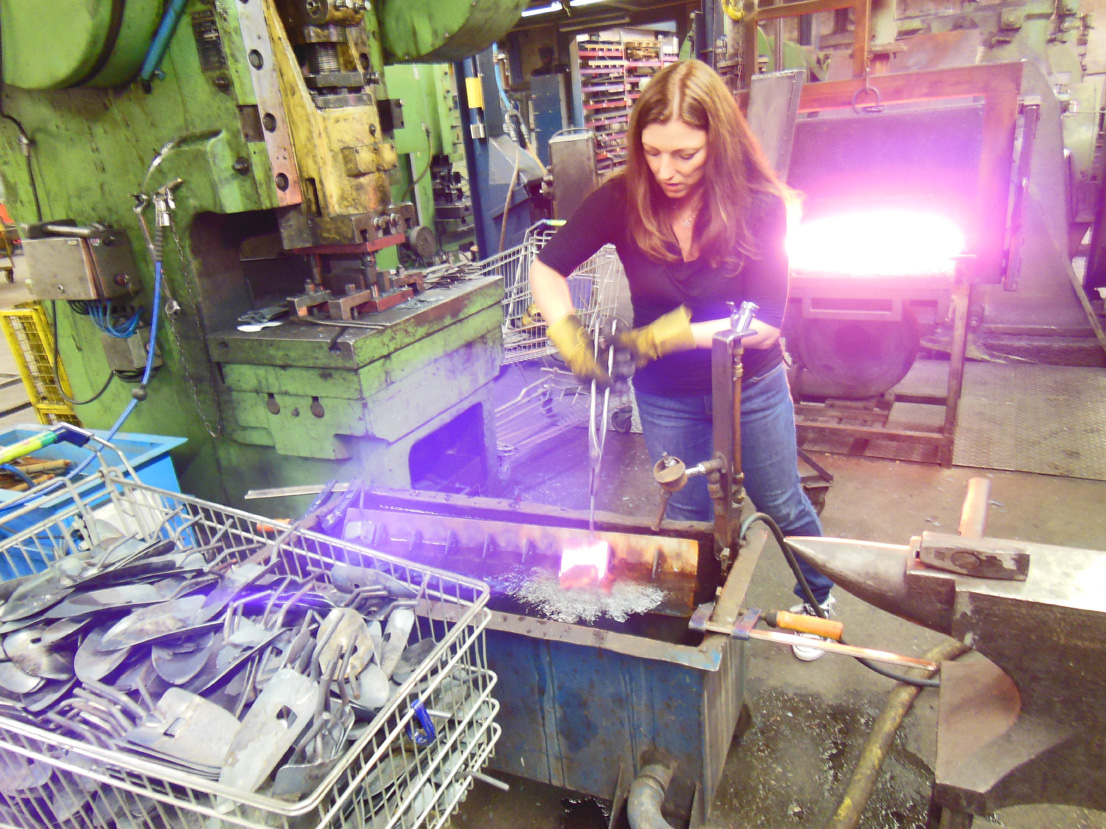
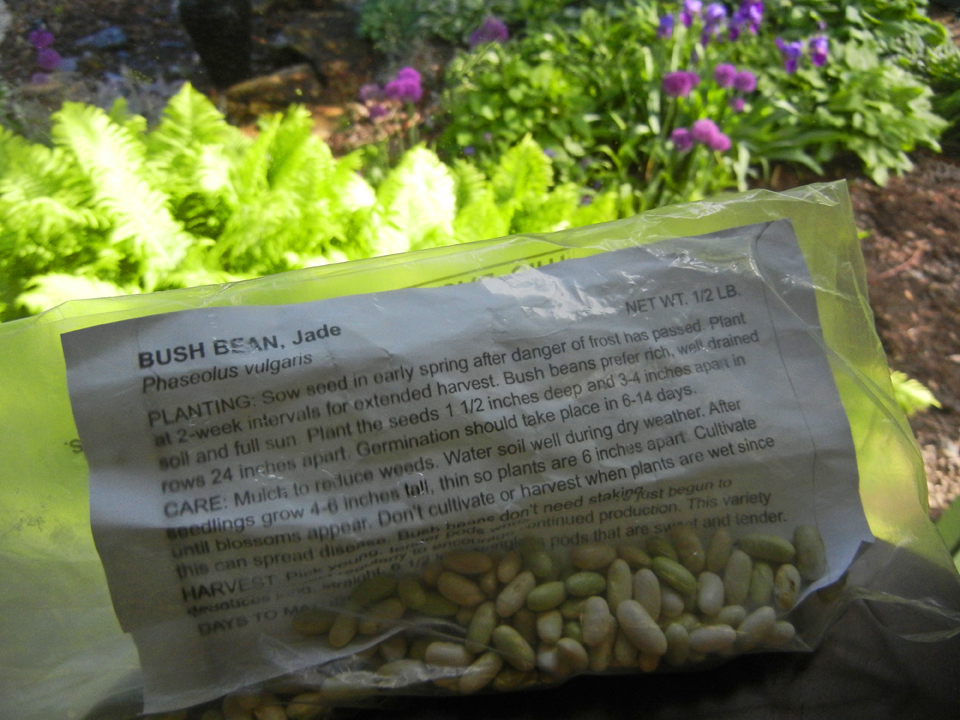
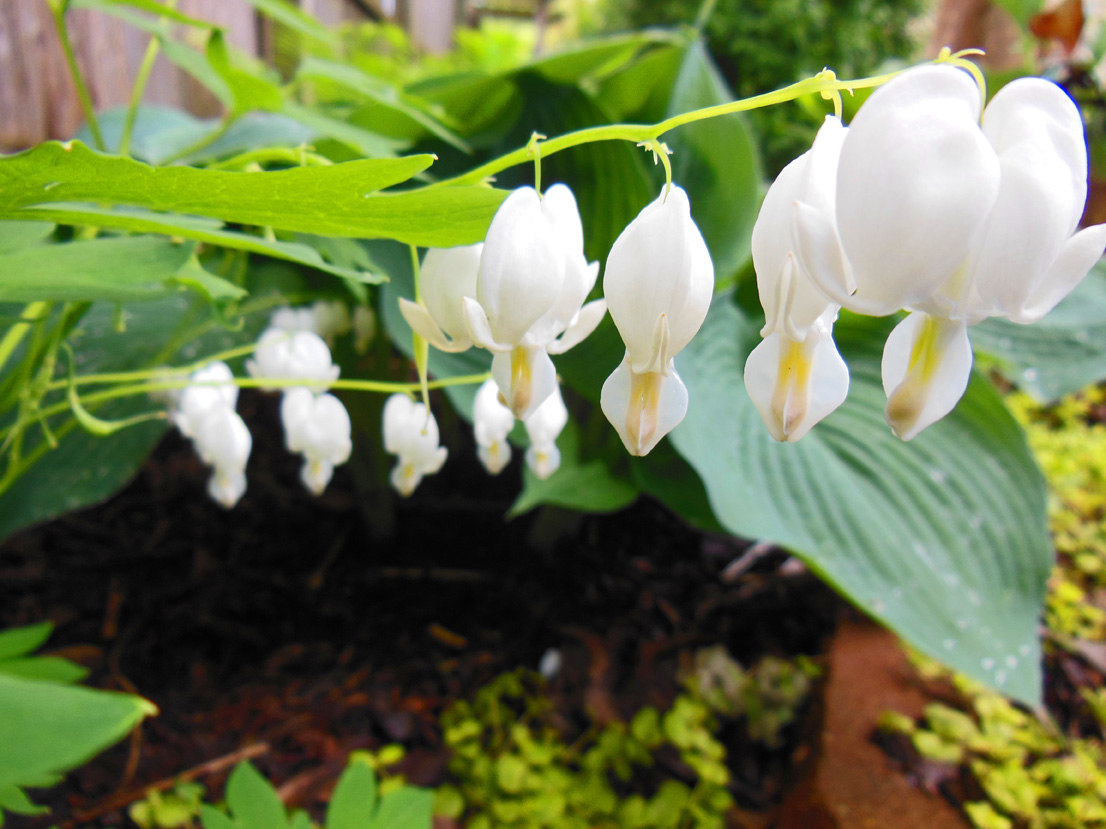
Love your ideas! I use anything and everything to plant in! As good as I can grow some things I have little luck with strawberries! Can you share your ideas? Thank you honey.
I hadn’t thought of stacking the containers that plants grow in. What a great idea.
I just planted some lettuce, peas, radishes, spinach and green onions in my little organically amended 8’x4′ garden in the back yard. (I’m starting small.) I want to do succession planting throughout the year, with the next veggies I plant returning the nutrients to the soil that the previous veggies removed. I’m going to plant squash where the peas are now (any suggestions which variety would be best?) but I have no idea what to plant after the other veggies are harvested. I could really use your know-how. Please, do you have any suggestions?
Strawberries are full sun lovers. They like to be watered regularly and their soil enriched. So adding rotted manure to the planting beds might help.
Good luck!
Shawna
It’s difficult to say without photos and a better idea of your plot location, how much sun it gets, etc.
My first thought is you could have half your garden on the old pea side as zucchini. They are not climbers and get quite bushy, so just a couple plants will take up at least half of your space.
I’d build a little teepee climbing trellis on the other side of the garden and plant climbing green beans. Delicious and a great succession planter.
Next to the been teepee you could plant a couple squares filled with Bright Lights Swiss Chard. Be sure to cut the flower tops off of those and keep the plant “bushy” and not leggy as it grows.
Then, after this season, it will be time to renew some garden soil. I’d add rotted bagged manure that you can pick up at any retail garden center to replace your spent soil.
GOOD LUCK!
Shawna
I meant “bean teepee”. Obviously I need a cup of coffee!
*headslap* I hadn’t thought about adding the bagged, rotted manure as a way to enrich the garden. Thanks, Shawna. As a newbie gardener myself (my mother has been gardening for years but she’s in Utah and I’m in Maryland) all I really know is I don’t want to use fertilizers/pest- & herbicides in it. I’ve read I can plant marigolds to deter pests and attract beneficial insects so I’m going squeeze in a couple of plants here and there. Also, I have a trellis ready to hold the tomato plant I’ll put in after Mother’s day, and I think I’ll put Basil around it. I follow you on Twitter so if you DM me your email address I can send you a scan of the garden plans.
Hi, Shawna! Writing from up here in McHenry, IL after googling Lacinto Kale. Coincidentally, one of my best friends lives in Warrenville, which I discovered about you as well, after reading your About page. I’ve been down there several times. Anyway, I’m hoping to get some info/advice on my Lacinto Kale. Mine’s bee in a container in the front where I get full sun. I put it there because I read somewhere that it needs full sun. Well, at first, it did quite well and started to grow nice and tall. But then all the bottom leaves started getting brown and curling up. I read on your guest post on another blog that they are almost drought tolerant, and I’ve been watering them often, plus we seem to have had plenty of rain to help with that, so I don’t think it was a lack of water. I’m wondering if they are getting too much sun and I should move it to the back where it’s more shaded. Seems from this post that they’ll do quite well in the shade. But another thing I noticed is that all the leaves started getting holes in them. First they were small, now they are much bigger… in some places, almost an entire section is eaten away within the veins of the leaves. My neighbor thinks it’s something eating the plant. So, I’m wondering if you can give me advice about what to do to save this plant… if it’s still savable. Would appreciate anything you could offer to help. Thanks!!
Hi Georgia! Kale are – under normal conditions – full sun plants. So no, it doesn’t seem likely that it’s getting too much sun. It sounds like you’re plant might be getting too much water. I can’t guarantee that answer without checking the soil and seeing the plant, but this would be my guess. Additionally, the holes sound like the plant might be attacked by cabbage worms or some other pest. You have to identify the pest first before you can make a determination on how to treat the plant. I hand-pick cabbage worms and toss them into soapy water to kill them. Best of luck to you!